Spinal deformity can happen at a very young age or in an elderly. We have the expertise to treat congenital scoliosis in children as young as 1-2 years to adolescent.
Dr Balamurali, leading spine surgeon in Chennai, India gives particular emphasis on restoration of normal global and regional spinal balance. State-of-the art spinal cord monitoring techniques are employed by neurophysiologists in the operating rooms to provide the highest levels of patient safety. Navigation is used in complex deformities.
We also have good experience in managing elderly patients who develop degenerative scoliosis as a result of age and osteoporosis.
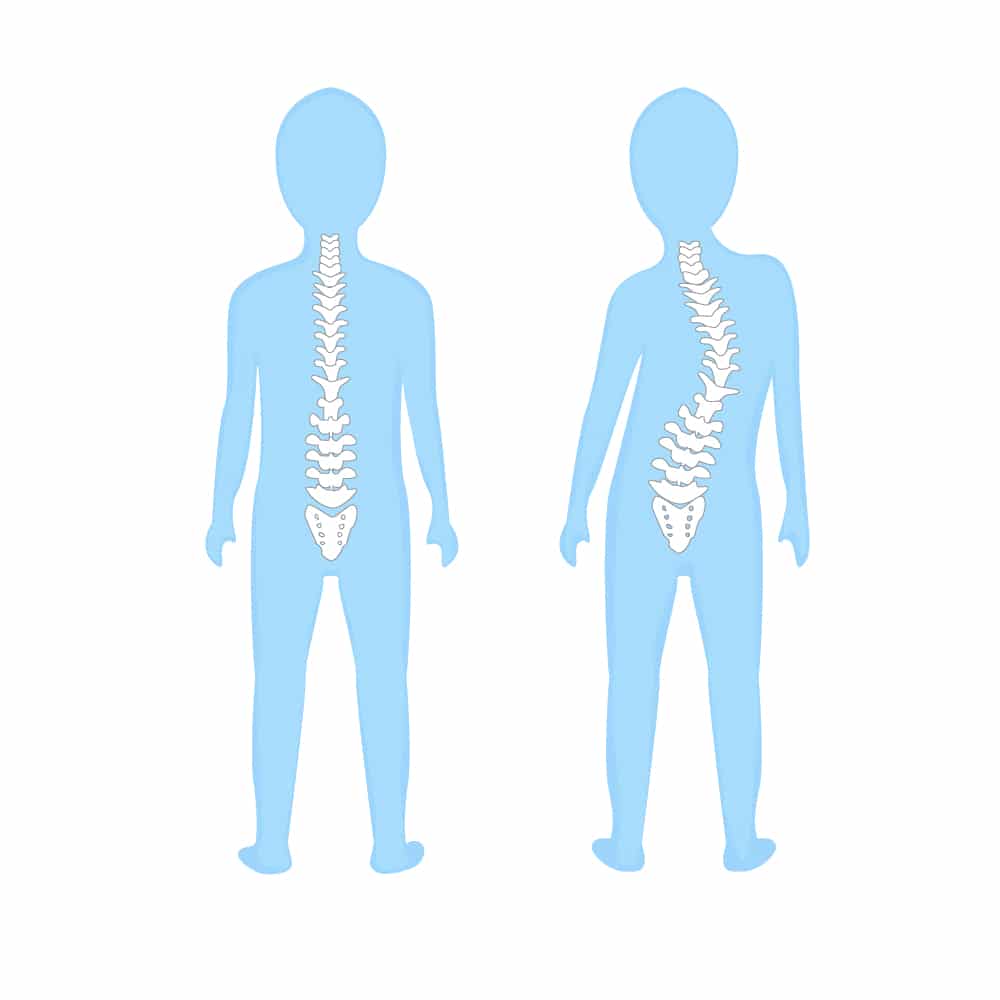
Scoliosis is abnormal sideward bending of the spine. There are various causes for scoliosis of which genetic cause is seen in almost 30 % of the patients. Contrary to the popular belief, abnormal loading like carrying heavy school bags or poor posture cannot cause scoliosis. Depending on the cause, scoliosis is classified into
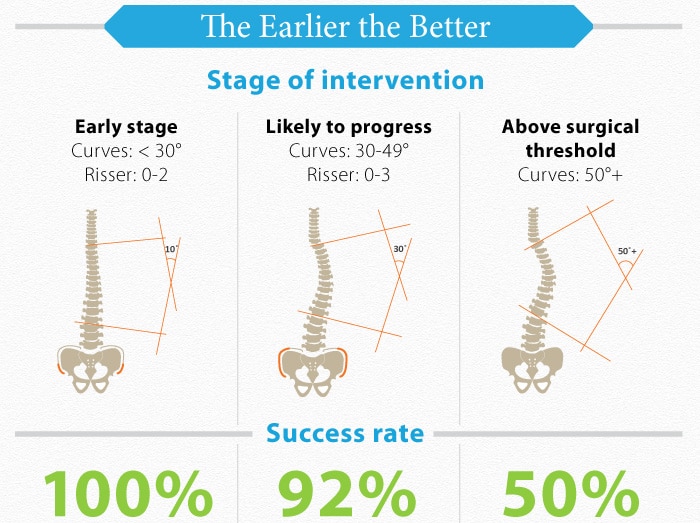
Treatment depends on the cause of scoliosis, age of the child/patient, severity of curve and associated anomalies.
If associated anomaly in brain or spine like cord tethering, diastomyelia or Arnold Chiari malformation is present, they should be treated first
Usually bracing or body cast application is done up to 6 years of age and then assisted growth technique (growth rod application and serial distraction) is done up to the age of menarche. Around menarche when the growth spurt happens, definitive surgery (deformity correction and fusion) is done.
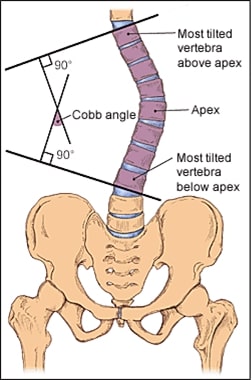
For curves up to 30° periodic follow up with x-rays has to be done. Curves with angle of 30° to 40° needs bracing and close monitoring. Curves more than 40-45° in children with growth potential should be corrected with surgery (posterior instrumented deformity correction and fusion).
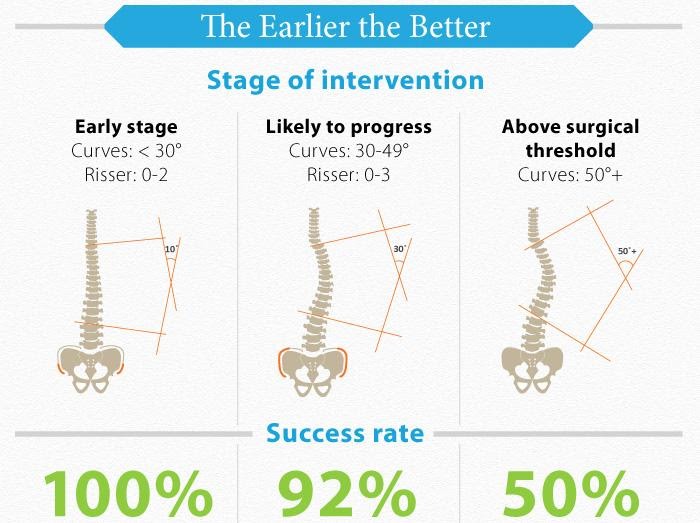
Scoliosis surgery are very complex operations and must be performed only in centres that have adequate facilities and experiences surgeons. At Kauvery hospital we have both and we use several safety precautions to avoid any neurological deficit or complications.
Intraoperative neurophysiological monitoring has been utilized to minimize neurological morbidity from surgery. The goal of is to identify changes in brain, spinal cord, and peripheral nerve function prior to irreversible damage.
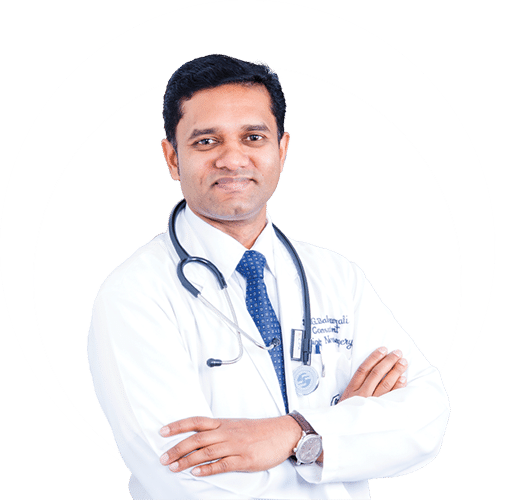
67 years old female presented with the complaints of low back ache radiating to posterior aspect of thigh for past 1 year. History of urinary incontinence (+) for the past 6 months & symptoms worsened for the past 2 months. She had difficulty in sitting, standing and walking on her own, and was totally dependent on care giver.
Diagnosis: Degenerative scoliosis
Treatment: D11 to L5 instrumented deformity correction, decompression and fusion.
Outcome: Patient was started on osteoporosis medications and has significant relief from leg symptoms. She is now an independent woman taking care of her activities of daily living.
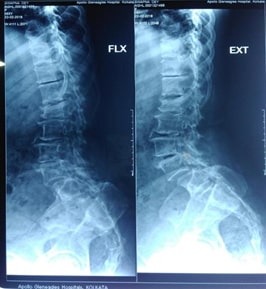
12 year old child with cosmetically and functionally disabling deformity in the back
Diagnosis: Congenital scoliosis with hemivertebra and unsegmented bar
Treatment: Deformity correction with vertebral column resection(VCR) and cage reconstruction
Outcome: child returned to normal life with good self-esteem
We are capable of correcting simple to complex curves through 360 degree fusion with maximum safety
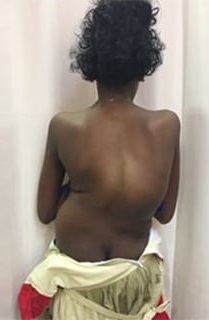



Copyright ©2024 All Rights Reserved | Book An Appointment